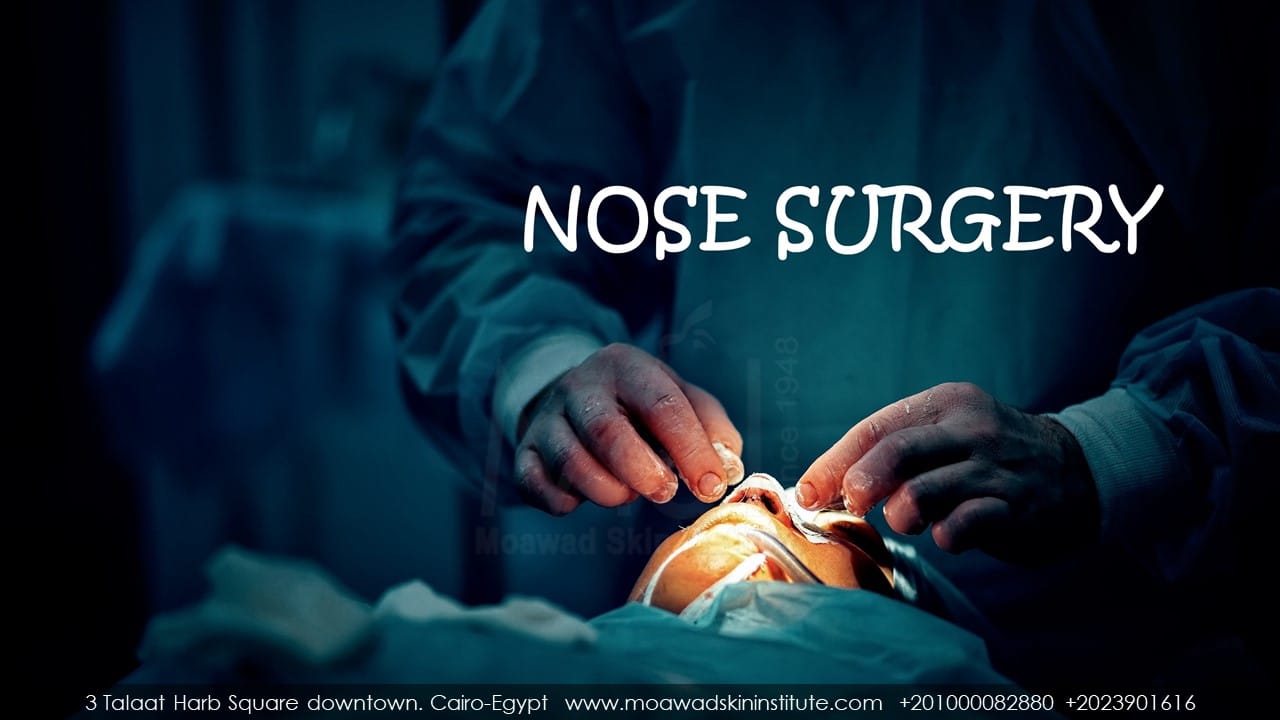Nose Surgery (Rhinoplasty)
Rhinoplasty is still one of the most performed aesthetic surgical procedures. Over the past 20 years, the trend has shifted from ablative techniques involving reducing or dividing the osseo-cartilaginous framework to conserving native anatomy with cartilage-sparing suture techniques and augmentation of deficient areas correct contour deformities and restore structural support. The foundation for a successful experience for both patient and surgeon involves accurate preoperative analysis and clinical diagnosis, identification of both the patient’s expectations and the surgeon’s goals, and a thorough review of the plan of care and expected postoperative recovery. Rhinoplasty remains one of the most challenging procedures in cosmetic surgery. I can achieve excellent surgical outcomes only through a thorough understanding of the multiple nasal anatomical variants and a comprehensive knowledge of the ultimate long-term effects of various surgical techniques on the overall appearance and function of the nose. I should practice a philosophy of balance, preservation, and restoration of tissues (rather than a purely deductive approach, which can introduce tissue spaces and uncontrolled scarring of tissues).
